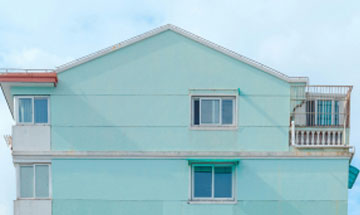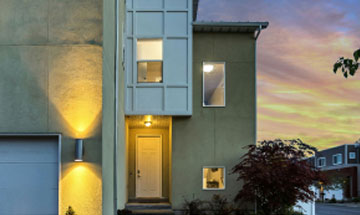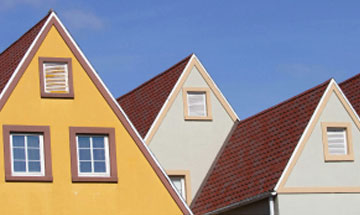Loading
“How to Choose the Right Neighborhood for Your Family”

“How to Choose the Right Neighborhood for Your Family”
Finding the perfect home goes beyond four walls and a roof—it’s about the community that surrounds you. The neighborhood you choose will shape your family’s daily life, social connections, and even your long-term happiness. But with so many options, how do you know which area is right for you? Here are some key factors to consider when choosing a family-friendly neighborhood.
1. Safety First
Safety is usually the number one priority for families. Research local crime statistics, talk to residents, and even visit at different times of the day to get a true sense of security. Well-lit streets, neighborhood watch programs, and visible police presence are good signs of a safe area.
2. School Districts and Education Options
For families with children—or those planning to have them—the quality of nearby schools is critical. Look into both public and private schools in the area. Check online ratings, visit campuses, and consider extracurricular opportunities. A strong school district can also increase your home’s future resale value.
3. Proximity to Work and Essentials
Commute times matter, especially for parents juggling work and school drop-offs. Map out how long it takes to reach your workplace, your child’s school, grocery stores, hospitals, and other essentials. Shorter commutes often mean more family time.
4. Community and Lifestyle
Think about the kind of community vibe you want. Do you prefer a quiet suburban street, or a lively area with lots of family events? Drive through the neighborhood and look for parks, playgrounds, libraries, and community centers. These places often become central to family life.
5. Amenities and Recreation
A family-friendly neighborhood should offer opportunities for fun and relaxation. Look for nearby parks, walking trails, sports facilities, or swimming pools. Access to outdoor spaces encourages healthy, active lifestyles for both kids and adults.
6. Future Growth and Development
Research whether the area is growing or declining. Upcoming developments like shopping centers, schools, or public transit can increase convenience—but also bring more traffic. Strike a balance between growth and stability to ensure long-term satisfaction.
7. Affordability and Housing Options
Finally, make sure the neighborhood fits your budget. Compare housing prices, property taxes, and HOA fees if applicable. Sometimes, a slightly smaller home in a great neighborhood is a better investment than a larger house in a less desirable area.
Final Thoughts
Choosing the right neighborhood is about more than just location—it’s about creating the best environment for your family to thrive. Take your time, do thorough research, and trust your instincts. After all, the right neighborhood will feel like home even before you move in.
Related Articles


“2025 Market Outlook for First Home Buyers”
As we step into 2025, the real estate landscape for first-time homebuyers is shaped by shifting interest rates, evolving government policies, and changing buyer preferences. Understanding these dynamics can help aspiring homeowners make informed decisions in the months ahead. Interest...


“The Ultimate Guide to Buying Your First Home”
Buying your first home is one of the most exciting—and often overwhelming—milestones in life. From saving for a down payment to signing the final papers, the process can seem complex. This guide will break it down step-by-step to help you...


“How to Increase Your Home’s Value Before Selling”
If you’re planning to sell your home, increasing its value before putting it on the market can help you attract more buyers and secure a better price. Even small upgrades can make a big difference in how your home is...

